The Community Food Bank in Grand Junction has embarked on an artistic journey to enhance its surroundings with a mural. Selected on February 24, the design by Maggie Mulcahy commenced painting on March 23. This project not only aims to beautify the building but also fosters community involvement through volunteer participation. The mural incorporates elements native to the area, symbolizing the local environment. Mulcahy expressed her excitement over the collaborative spirit and anticipates the final result. The mural is set for completion by March 31.
Transforming a Warehouse into a Welcoming Space
Maggie Mulcahy’s vision extends beyond mere decoration; it seeks to redefine the perception of the food bank as a vibrant community hub. By inviting volunteers, including those who regularly use the food bank services, Mulcahy ensures that everyone feels connected to the space. Her goal is to make the exterior as inviting as the interior, enhancing accessibility and creating a pleasant atmosphere for visitors seeking essential resources. Through this initiative, the food bank transforms from a functional warehouse into a lively communal center.
This transformation involves more than just paintbrushes and colors. It embodies a deeper commitment to inclusivity and empowerment. Mulcahy emphasizes the importance of involving clients directly in the creation process, allowing them to leave their mark on the mural. This approach fosters a sense of ownership and pride among participants. Moreover, the mural serves as a testament to the power of collaboration, where diverse individuals unite under a shared purpose. Such efforts strengthen community bonds while highlighting the significance of mutual support systems like food banks.
Celebrating Local Flora and Fauna Through Art
Mulcahy’s mural showcases various elements indigenous to the region, celebrating the unique biodiversity surrounding Grand Junction. Featured creatures include sphinx moths and monarch caterpillars, alongside flora such as chokeberries and chanterelle mushrooms. These natural symbols reflect the artist's desire to honor and preserve the local landscape within the artwork. Each element contributes to telling a story about the area's ecological richness and cultural heritage.
By integrating these native components, Mulcahy crafts a narrative that resonates deeply with residents. The inclusion of sphinx moths and monarch caterpillars signifies transformation and resilience, qualities echoed in the community itself. Chokeberries and chanterelle mushrooms represent sustenance and growth, aligning perfectly with the mission of the food bank. Together, these elements form a cohesive tapestry that not only beautifies the building but also educates viewers about the environment they inhabit. As the mural nears completion, it promises to become a cherished landmark reflecting both artistic expression and environmental awareness.
